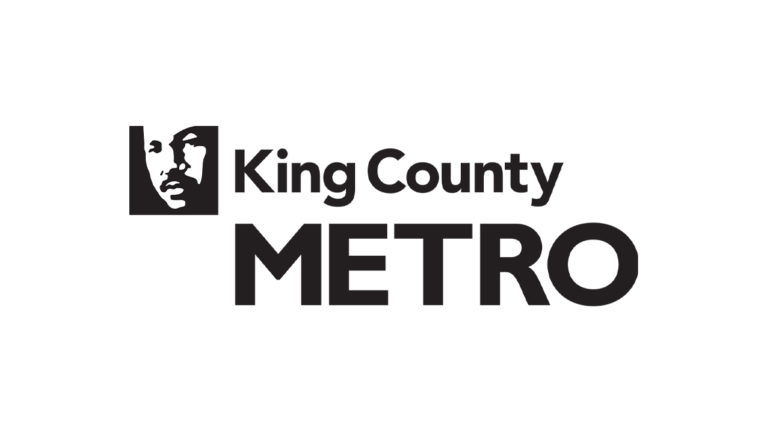
Courtesy King County Metro
Issue
With transit agencies moving towards a zero-emission fleet, facilities like bus bases will need to be converted for electrical charging, but at a significant cost for redevelopment. Different financial arrangements for construction and project delivery could reduce construction costs and potentially accelerate development.
Spark
Public-private partnerships have been used to reduce upfront capital construction costs for publicly owned infrastructure projects and accelerate development. In exchange for assuming the risk for project financing and delivery, a private entity will have the opportunity to recover their investment and potentially profit by operating a revenue stream for an agreed upon period.
Overview
King County Metro is moving toward a zero emissions fleet, with a goal to achieve this by 2035. As part of this, their bus bases will need to convert for electrical charging. This project will evaluate if a public–private partnerships (P3) model would be beneficial to bus base conversion than traditional construction delivery methods. In addition, this work will:
- Identify the policy guidelines and potential restrictions for entering into a P3 agreement in Washington state and in King County Government.
- Evaluate if a P3 would be a viable option for conversion for the seven existing King County Metro bus bases that could be potential candidates.
- Identify risks for entering into a P3 arrangement.
- Evaluate the potential for a P3 model to reduce capital costs compared to a long-term operating cost agreement.
- Review best practices for request for proposal (RFP) development.
- Review applicability of unsolicited proposals.
- Develop P3 decision criteria and guidelines using an existing bus base that King County Metro selects as an example.
Innovation
In addition to evaluating if a P3 model can be used, this project will provide a decision criteria and guidelines that can be used in other locations for the same purpose.
Materials
Impact
Public agencies will have a better understanding of the opportunities and tradeoffs for using P3 when redeveloping facilities for fleet electrification and potentially reducing the timeline for these to be completed.
Team
This work is support by King County Metro.
Academic Department
Faculty Leadership
Contributors
- Laura Osburn, Senior Research Scientist
- Bart Treece, Director, Mobility Innovation Center

